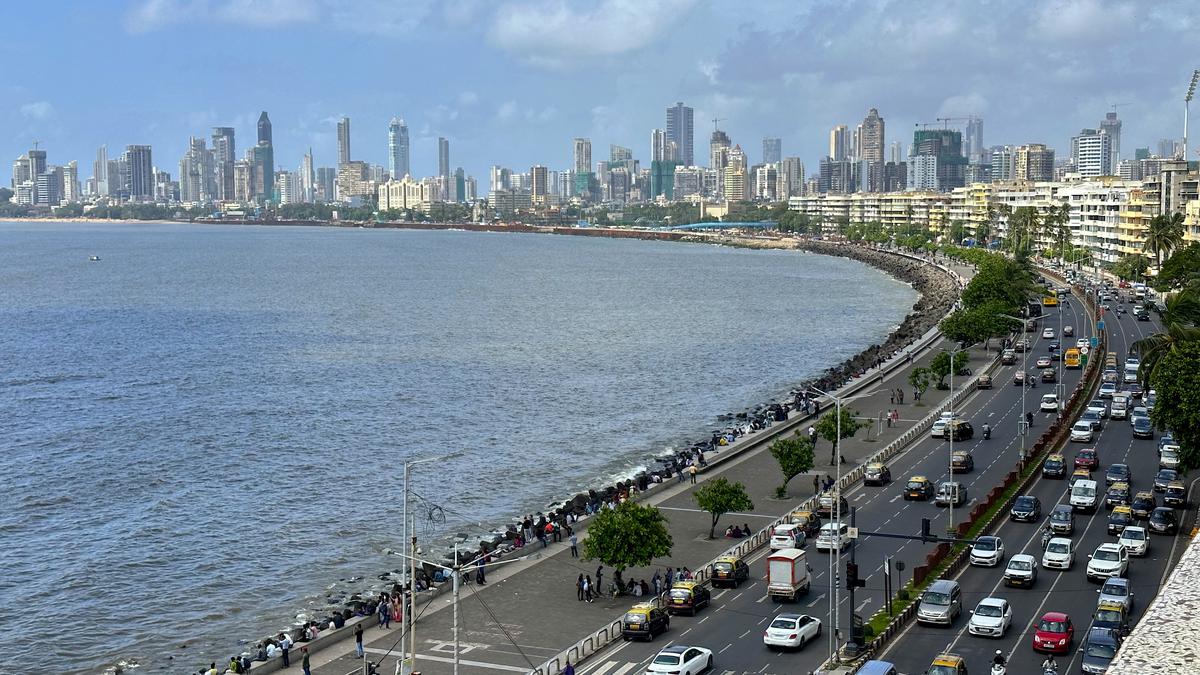
Mumbai’s October heat and pollution are likely to stay for some time | Explained Premium
The Hindu
Global warming is causing changes in wind patterns, resulting in heat waves, humidity, and pollution in Mumbai. Urban adaptations, such as green infrastructure, public transport, and air filters, are needed to reduce the consequences of these hazards. Early-warning systems are also necessary to protect vulnerable populations.
Mumbaikars have lived under the assumption that the sea breeze is going to save them from pollution and that their air quality is never going to be discussed in the same strained breath as the notorious air over Delhi. But the last few weeks should have shattered this myth, with an oppressive October heat and pollution that rendered the air unbreathable.
The air circulation that determines the temperature, humidity, and air quality over Mumbai portends some bad news. Warming over the Middle East and the northern Arabian Sea is causing changes in the wind in the pre-monsoon, monsoon, and post-monsoon seasons. Recent increases in the number of pre-monsoon heat waves and heavy rain spells during the summer monsoon in addition to the October heat and pollution, point to changes forced from far away that are here to stay.
Such remote drivers of local air quality and heat will require careful urban adaptations in the coming years.
In particular, this story is one of global warming tinkering with the seasonal transitions over the Arabian Sea and Mumbai. Because of global warming and the rise in atmospheric humidity, the dry desert regions over the Middle East and the Mediterranean are unable to lose their surface heat to space. Water vapour is a powerful greenhouse gas and traps the thermal energy emitted from the warm, arid surfaces. These regions are as a result experiencing the fastest warming on the planet, after the Arctic Circle.
This heating and the associated low sea-level pressure pull the southwesterly winds over the Arabian Sea, northward of their normal position, during the spring months itself. Thus the Northern Arabian Sea is warming rapidly, affecting the northern Western Ghats and northwest India in all seasons.
The duration, intensity, and frequency of heat waves over Mumbai and northwest India are affected by these wind shifts during March-April-May. The monsoon is then made more extreme with heavy rains over these regions. The post-monsoon transition to northeast monsoon is also affected by the warming of the Arabian Sea.
As soon as the monsoon retreats, winds over India begin to transition to the northeasterly direction, bringing rain over the eastern coast and to the east of the Western Ghats. This year, the wind changes over the Arabian Sea are resulting in a surface cooling over Mumbai, which would bring welcome relief from the typical humid conditions.













